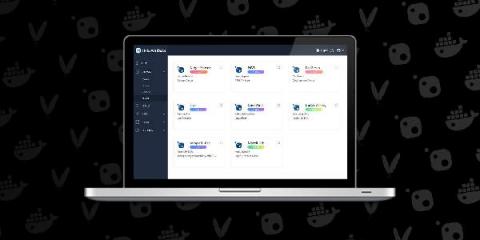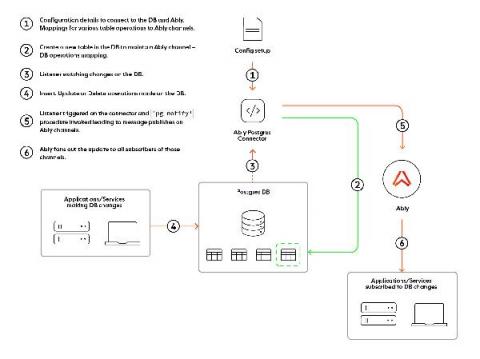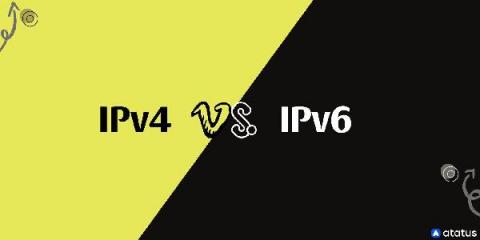Systems | Development | Analytics | API | Testing
%term
Perforce Releases New Artifact Manager to Harden Software Supply Chains and Maximize Efficiency
How Digital Transformation Accelerates Finance Analytics
Integrating digital technologies into every area of your business can vastly improve your finance analytics.
New: Create Custom Metrics for Pipedrive CRM, HubSpot CRM, and HubSpot Marketing with Query Builder
How We Work at k6 - Remote and 8-week Work Cycles
August 7, I joined the Office Hours our Developer Relations team runs on a weekly basis, to talk about how we work at k6. We are growing rapidly, and are a little unconventional in how we organize ourselves, so I thought it would be a good idea to share in more detail how we build and ship software, being a remote-only company.
Automated web testing - some strategies to achieve ROI?
Automated web testing is not a new concept today. With advancements in web development technologies and how complex web codes are written today, web testing was bound to walk this way sooner or later. The problem with adopting automation is that it is not like a Netflix subscription that we can pay and enjoy cloud services. Climbing the automated web testing ladder requires planning, careful execution, and a workforce that is familiar with all the intricacies.
Service Mesh 102: Envoy Configuration
In my Service Mesh 101 article, I talked about some of the basics behind a service mesh: what it is, what it does and where Envoy fits into a service mesh. Having now covered those basics, I’d like to dig into some more in-depth content focused on the basics of Envoy configuration in a service mesh. Recall from the previous article that several different service meshes use Envoy. Istio is an example of a service mesh that leverages Envoy for its data planes.
Community project showcase: an Ably-Postgres connector to stream DB changes to millions of clients in realtime
Built by our long-time community expert Apoorv Vardhan, the Ably-Postgres connector can listen to changes in a Postgres table and publish realtime messages on Ably channels whenever a change occurs. The connector enables building database-driven realtime applications where long-term storage and update triggers from previously published messages are essential. One such example is an editable chat app, which we’ll talk about later in this article.
A guide to feature flags in mobile development
Launching new features isn't always a smooth ride. Enter: feature flags. Feature flags are a way of managing new features and circumventing lengthy app approval processes when bugs do occur. This article will cover the fundamentals and show you how to get started.
Difference Between IPv4 and IPv6: Why haven't We Entirely Moved to IPv6?
IPv4 and IPv6 are the two versions of IP. IPv4 was first released in 1983 and is currently widely used as an IP address for a variety of systems. It aids in the identification of systems in a network through the use of an address. The 32-bit address, which may store multiple addresses, is employed. Despite this, it is the most widely used internet protocol, controlling the vast bulk of internet traffic. IPv6 was created in 1994 and is referred to as the "next generation" protocol.










